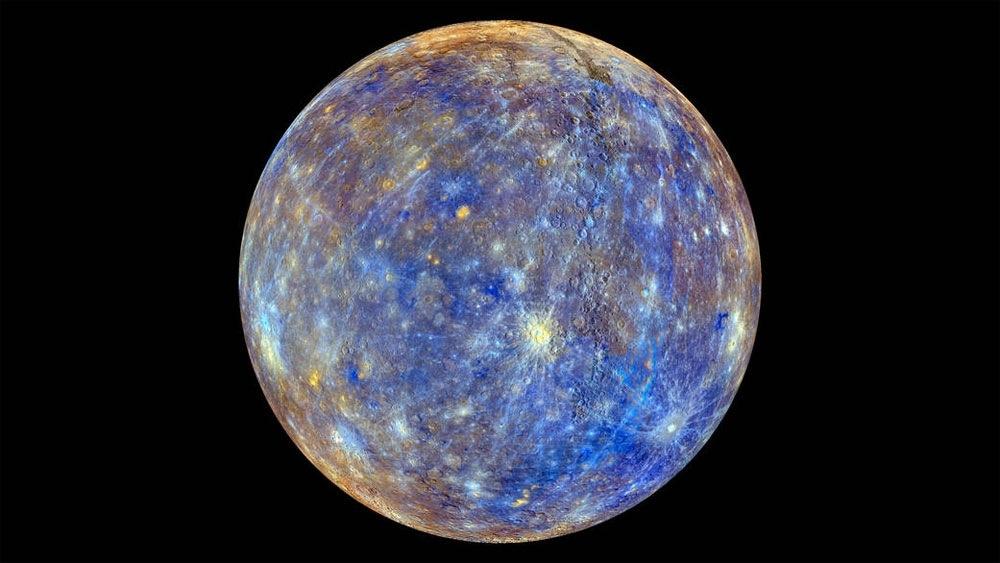
Scientists have long wondered what the inside of Mercury looks like, and they now have strong evidence that the planet has a large and solid metallic core.
From observation of the rotation of the planet, scientists knew that the planet shifted slightly as it spins. These shifts suggested that at least some of the core was molten, but it was not clear if beneath the molten metal there was a solid core.
Mercury has even been described as “cannonball-like” because it has this large core which fills up the majority of its volume. Most other rocky planets, including Earth, have a much smaller core. Our planet, for example, has an outer core located 2900 kilometers (1800 miles) beneath the surface, with an inner core with a radius of just 1220 kilometers (760 miles).
The data for the new findings was collected by the MESSENGER (Mercury Surface, Space Environment, GEochemistry and Ranging) mission which ended in 2015. But the data collected by the craft on the spin and gravity of Mercury is still being analyzed and is throwing up new findings.
To find the core, MESSENGER searched for areas of gravitational anomalies, where gravity was stronger or weaker than would be expected, which were located using radio observations. Together with the increased gravity that MESSENGER experienced during its orbit of the planet, this showed that the core must be solid.

The findings were only possible due to cooperation of scientists from a large number of fields. “We had to pull together information from many fields: geodesy, geochemistry, orbital mechanics and gravity to find out what Mercury’s internal structure must be,” planetary scientist Erwan Mazarico who worked on the project explained in a statement.
“Mercury’s interior is still active, due to the molten core that powers the planet’s weak magnetic field, relative to Earth’s,” Antonio Genova, an assistant professor at the Sapienza University of Rome who led the research, said in the same statement. “Mercury’s interior has cooled more rapidly than our planet’s. Mercury may help us predict how Earth’s magnetic field will change as the core cools.”
“Every new bit of information about our solar system helps us understand the larger universe,” said Genova.
The findings are published in the journal Geophysical Research Letters.




